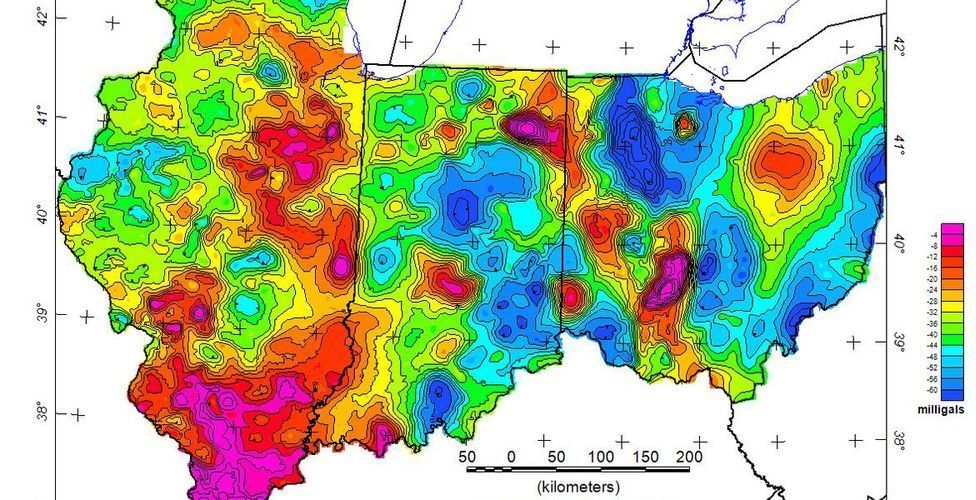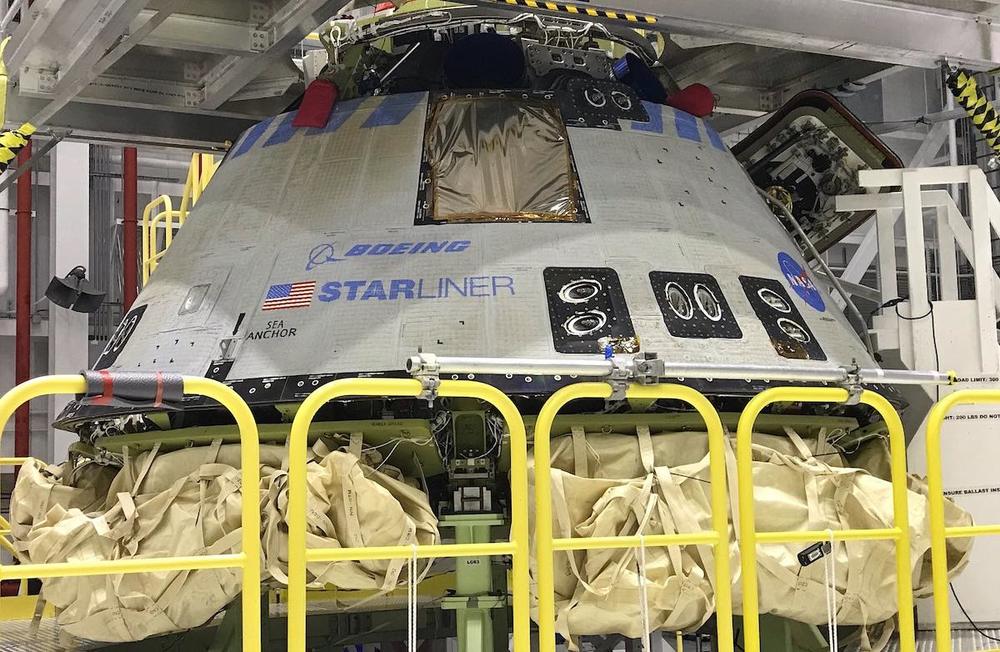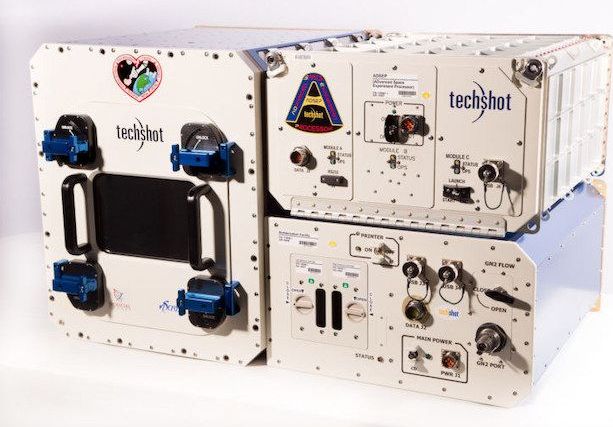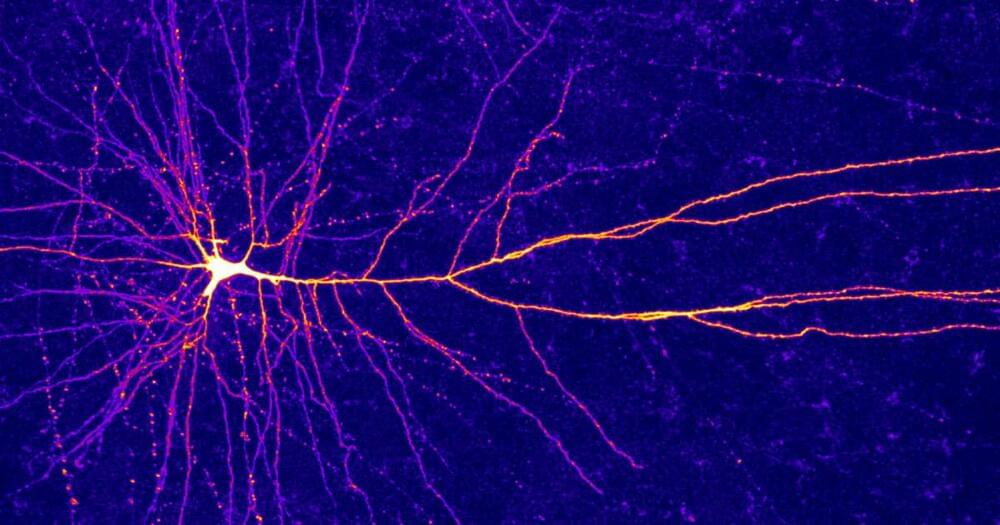Bouguer gravity anomaly map of Illinois, Indiana and Ohio. Red means higher than average anomalies, blue means lower than average ones.
Page 7195
Jan 15, 2020
Podcast #40: Scenarios for a Post-Aging Future, with Aubrey de Grey, Elizabeth Parrish, David Wood, and Keith Comito
Posted by Mark Sackler in categories: futurism, life extension

“For me, the key to longevity – and immortality, in a sense – has to do with transformation.”–Marilyn Manson.
Jan 15, 2020
Study sheds light on link between cannabis, anxiety and stress
Posted by Xavier Rosseel in categories: biotech/medical, neuroscience
A molecule produced by the brain that activates the same receptors as marijuana is protective against stress by reducing anxiety-causing connections between two brain regions, Vanderbilt University Medical Center researchers report.
This finding, published today in Neuron, could help explain why some people use marijuana when they’re anxious or under stress. It could also mean that pharmacologic treatments that increase levels of this molecule, known as “2-AG,” in the brain could regulate anxiety and depressive symptoms in people with stress-related anxiety disorders, potentially avoiding a reliance on medical marijuana or similar treatments.
When mice are exposed to acute stress, a break in an anxiety-producing connection between the amygdala and the frontal cortex caused by 2-AG temporarily disappears, causing the emergence of anxiety-related behaviors.
Jan 15, 2020
Video: Preview of dramatic Crew Dragon In-Flight Abort Test
Posted by Alberto Lao in category: space travel
While NASA and Boeing engineers investigate the cause of a software error that cut short the first orbital test flight of the Starliner crew capsule last month, ground teams have returned the spaceship from its landing site in New Mexico back to the Kennedy Space Center in Florida.
Preliminary inspections indicate the reusable spacecraft weathered its first trip into orbit better than expected, and Boeing teams are confident the ship will need only “minimal refurbishment” before its next launch with astronauts.
While teams sort out the Starliner software problem, Boeing says the hardware performed as designed.
Jan 15, 2020
‘Giant, shape-shifting stars’ spotted near Milky Way’s black hole
Posted by Quinn Sena in category: cosmology
Objects raise hopes of scientists managing to track ‘blobs’ being swallowed by black hole.
Jan 15, 2020
3D Systems and CollPlant Biotechnologies Join Forces to Accelerate Breakthroughs in Regenerative Medicine
Posted by Brent Ellman in categories: 3D printing, bioprinting, biotech/medical, life extension
ROCK HILL, South Carolina and REHOVOT, Israel , January 13, 2020 – Today, 3D Systems (NYSE: DDD) and CollPlant Biotechnologies (NASDAQ: CLGN), announced signing a joint development agreement intended to play a pivotal role in advancing and accelerating breakthroughs in the biomedical industry. The collaboration brings together two industry pioneers—3D Systems, renowned for its 3D printing technologies and healthcare expertise; and CollPlant, the developer of proprietary recombinant human collagen (rhCollagen) BioInk technology currently used for 3D bioprinting of tissues and organs. The two companies plan to jointly develop tissue and scaffold bioprinting processes for third party collaborators.
Jan 15, 2020
We are one step closer to 3D printing human organs in outer space
Posted by Brent Ellman in categories: 3D printing, bioprinting, biotech/medical, space travel
You might call it a giant leap for 3D bioprinting: Human heart cells have been 3D printed on the International Space Station (ISS) and are making their way back to Earth this week inside a SpaceX capsule. The 3D BioFabrication Facility (BFF) was developed by Techshot Inc., a commercial operator of microgravity research and manufacturing equipment, in partnership with nScrypt, a manufacturer of industrial 3D bioprinters and electronics printers.
“Our BFF has the potential to transform human healthcare in ways not previously possible,” said Techshot President and CEO John Vellinger.” We’re laying the foundation for an entire industry in space.”
If you’re wondering why they don’t just print the cells here on Earth, the answer is gravity. When attempting to print with soft, easily flowing biomaterials on Earth, the tissues collapse under their own weight, resulting in little more than a puddle, explained Techshot in a press release. “But when these same materials are used in the microgravity environment of space, the 3D-printed structures maintain their shapes.” The bio-ink used in the space station, consequently, did not contain the scaffolding materials or thickening agents normally required to resist the Earth’s gravitational pull.
Jan 15, 2020
Hidden Computational Power Found in the Arms of Neurons
Posted by Brent Ellman in categories: mathematics, neuroscience, robotics/AI
The information-processing capabilities of the brain are often reported to reside in the trillions of connections that wire its neurons together. But over the past few decades, mounting research has quietly shifted some of the attention to individual neurons, which seem to shoulder much more computational responsibility than once seemed imaginable.
The latest in a long line of evidence comes from scientists’ discovery of a new type of electrical signal in the upper layers of the human cortex. Laboratory and modeling studies have already shown that tiny compartments in the dendritic arms of cortical neurons can each perform complicated operations in mathematical logic. But now it seems that individual dendritic compartments can also perform a particular computation — “exclusive OR” — that mathematical theorists had previously categorized as unsolvable by single-neuron systems.
“I believe that we’re just scratching the surface of what these neurons are really doing,” said Albert Gidon, a postdoctoral fellow at Humboldt University of Berlin and the first author of the paper that presented these findings in Science earlier this month.
Continue reading “Hidden Computational Power Found in the Arms of Neurons” »
Jan 15, 2020
Economic impact: Sandia Labs spends $3.68B
Posted by Brent Ellman in category: economics
Sandia National Laboratories pumped an all-time high of nearly $3.68 billion into the economy in fiscal year 2019 by spending on goods, services, payroll, taxes and other payments, Labs Director James Peery announced today.
Copyright © 2020 by the American Association for the Advancement of Science (AAAS)
Jan 15, 2020
NASA’s newest lunar rover was tested at NASA’s Glenn Research Center in a soil bin that mimics the Moon’s terrain
Posted by Alberto Lao in category: space
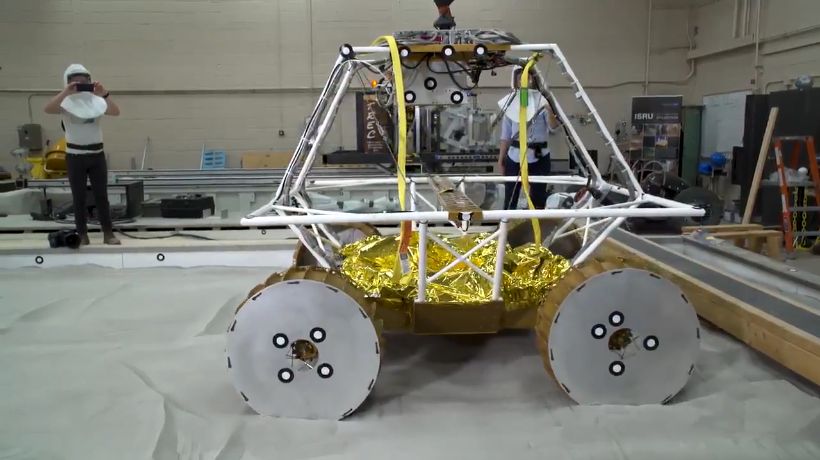
The golf cart sized rover called VIPER will search for and sample water ice on the lunar south pole. LEARN MORE go.nasa.gov/2Nq3Lyq
